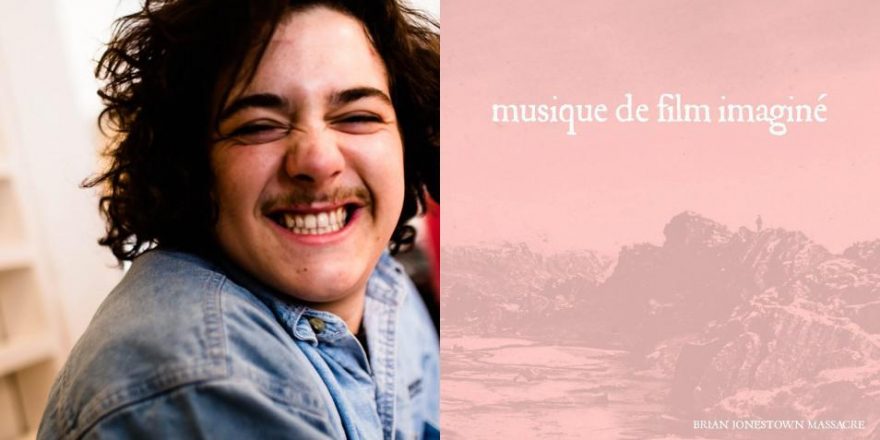Brian Jonestown Massacre has always followed its own whims. Never being inclined to pine for acceptance amongst trendsetters or pretentious reviewers has garnered the band respect in many circles, but it also makes dissecting an album of theirs feel especially strange. Here I am, trying to “get it,” although I’m not here to tout any absolute statements about this album. I can only translate my personal experience of it to you.
This band is, of course, partially named after a Rolling Stone, and has given us album titles such as Who Killed Sgt. Pepper? (2010) and Their Satanic Majesties’ Second Request. (1996) They wear their influences on their sleeve, which at times risks their originality being questioned, but that questioning misses the point. They may not always be original, but their art is sincere and authentic, and Musique de Film Imaginé (which means “Imaginary Film Music”) is one of the most unusual works in their oeuvre.
The film Newcombe had in mind while creating this album will never be the one I imagine as a listener. That’s part of the control you give up when releasing any art into the world, but this album intentionally emphasizes this ambiguity.I was extremely excited to listen to this album — the concept, that frontman Anton Newcombe had written a French New Wave-inspired score for a movie that doesn’t exist, was fascinating! But on first listen, I admit I had a pretty hard time. There was droning and repetition and it all sounded quite nice, but the climaxes were subtle and some songs repeated a single melody at length without change. “Bonbon,” for instance, uses a plain organ with only a few simple accents to its hum. I scratched my head throughout this first listen. However, from the second listen onwards, Musique de Film Imaginé grew into a pleasant surprise. The spaces and the repetition and the subtleties began to create their story in my mind. Suddenly, the hollow bells of “Les Trois Cloches” began to hold emotional weight, and I could really dream up scenes with clarity.
“Après le Vin,” the bare and lonely opening song, sets an eerie tone that is maintained throughout. Seemingly a loose musical depiction of romantic desperation, longing and triumph, the imaginary soundtrack unfurls beautifully and leaves it to the listener to dream up the screenplay. Recorded almost solely by Newcombe without a band, and featuring singer-songwriter Soko and actress Asia Argento on the only tracks with vocals, it certainly stands out from the rest of the band’s catalogue. Musique de Film Imaginé eschews BJM’s familiar shoegaze and ’60s psychedelia, replacing them with the monochromatic crackle of “La Dispute,” the driving sense of departure on “Elle S’Échappe” and the lustful longing of “Le Sacre du Printemps.” These songs do, however, maintain the somewhat sloppy but endearing looseness that the Brian Jonestown Massacre has become known for.
One of the most interesting facets of this album is the interaction between the songs. To register fully this album’s beauty and potency requires a bit of imagination (of course, the film’s not real) and exploration on the listener’s part. Through successive listens, the fallout between two lovers unfolds in “L’Enfer,” which would not be so apparent without the tension established by “La Dispute,” the song that precedes it. The hopeful sparsity of “Le Cadeau” and “Bonbon” builds toward the unity of the two in “Bonbon Deux,” the album’s culmination and most triumphant moment. With “Au Sommet,” Newcombe perfectly captures the closing catharsis of a beautiful film.
The film Newcombe had in mind while creating this album will never be the one I imagine as a listener. That’s part of the control you give up when releasing any art into the world, but this album intentionally emphasizes this ambiguity. Musique de Film Imaginé is beautiful in its own right, but also serves to make a musical, sonic and conceptual statement about Newcombe’s artistry, and to defy any preconceived notion of inauthenticity in the band’s sound and work.








